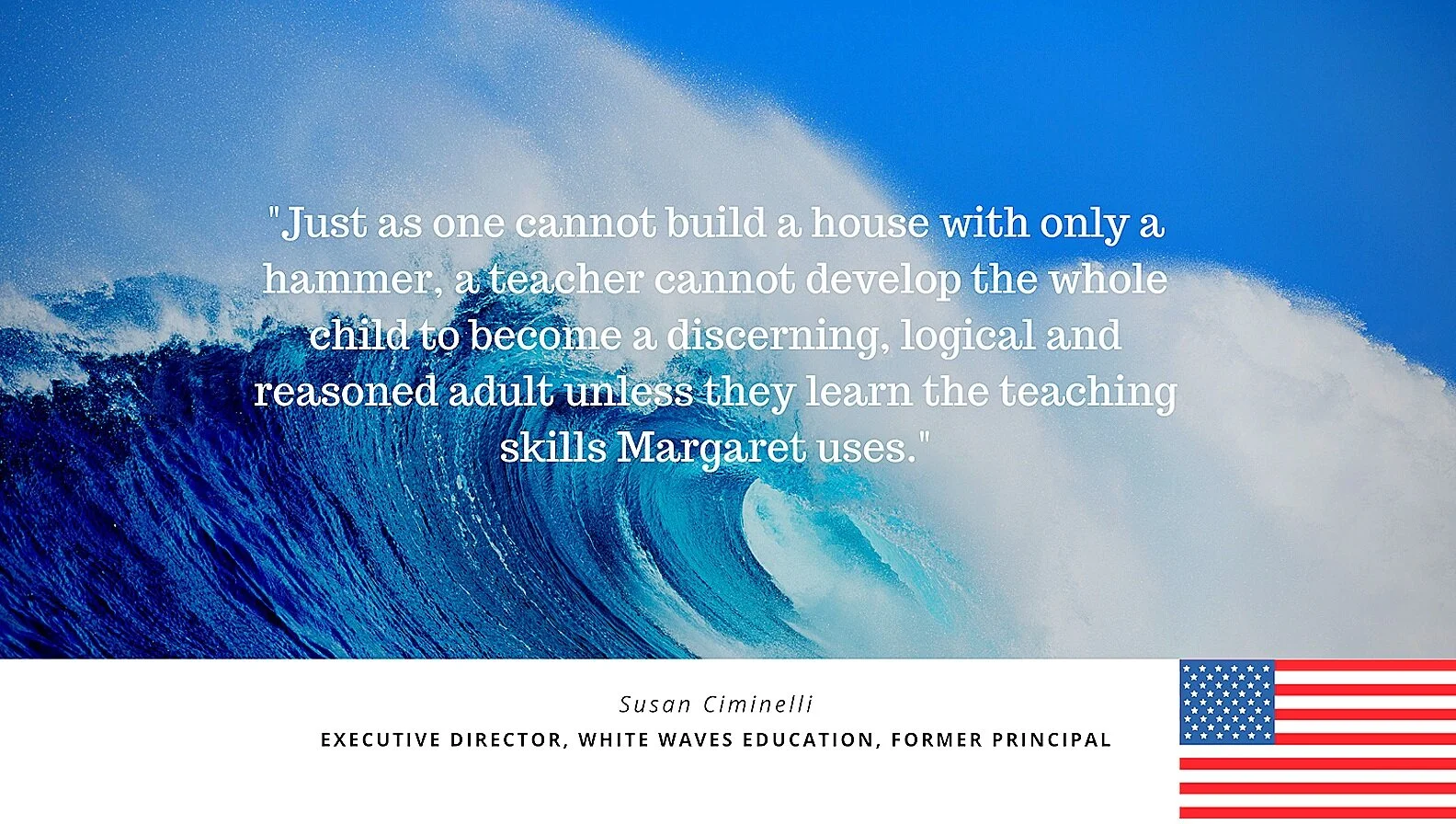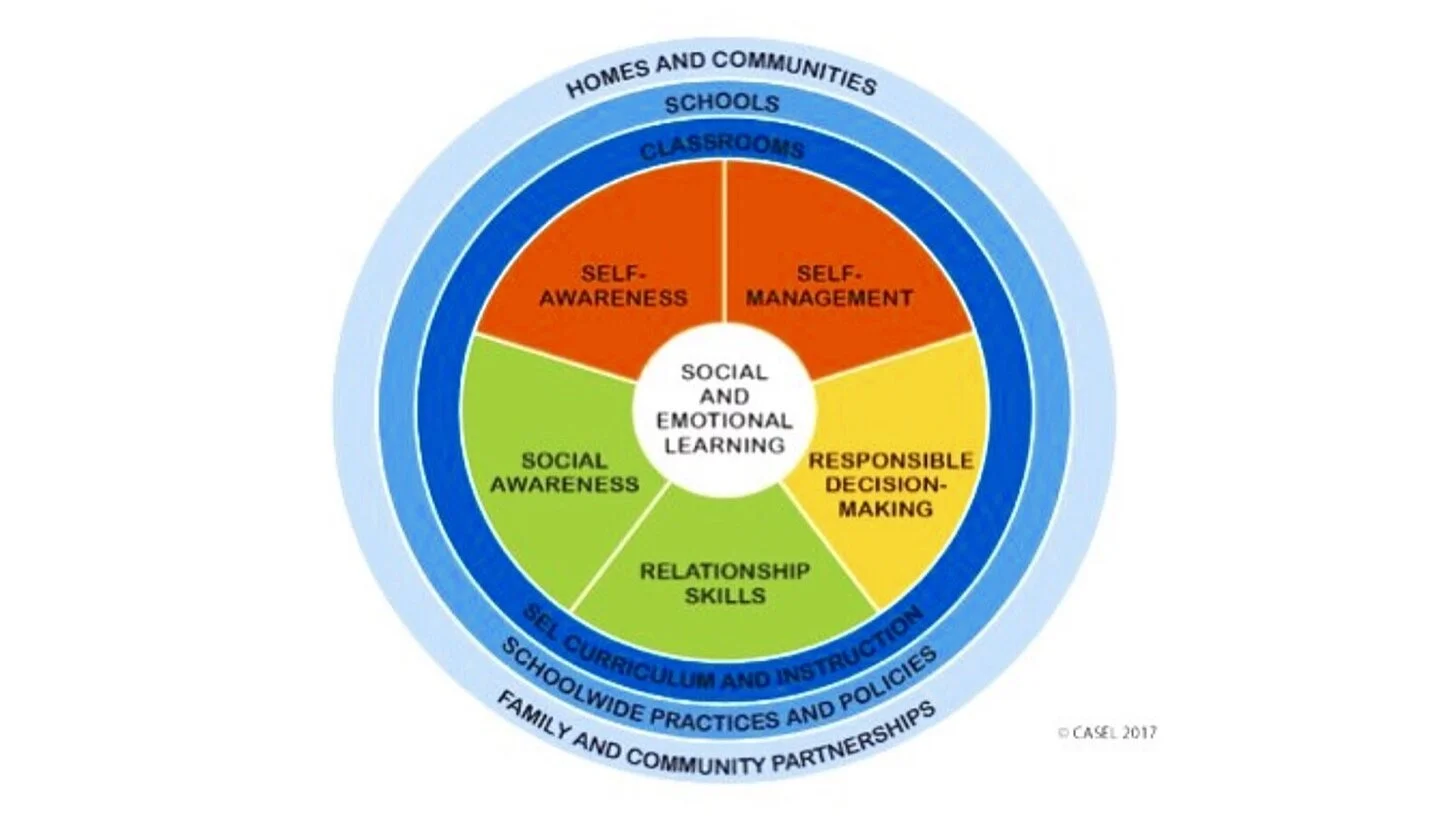“He won’t let me play soccer at recess.” “She said she won’t be my friend.” “That’s not fair!” “He is always on the computer. It is my turn!” It seems every day after a recess break, students want me to solve their squabbles. Children have a good sense of fairness and equity. Why can’t they solve their own problems? As a teacher, I have asked students to “sort it out” between them before entering class. Later I realized children are not born with the ability to figure out these higher-order emotional skills on their own, just like they are not born with manners. They need pro-active, explicit instruction.
Read More












Analogical Problem-Solving ™ is what I call teaching by living inside a story such as the Us and Them unit. Students have agency/voice to make decisions inside their class story, an analogy of life. As teachers, we carefully follow their suggestions and integrate lessons as we plan strategies that allow them to discover their learning. Students learn real-life lessons without real-life consequences. They realize at a profound level that we have so much in common. We are all connected. Ultimately the students decide war is not worth the enormous human cost. And they internalize that we are all part of the human race.